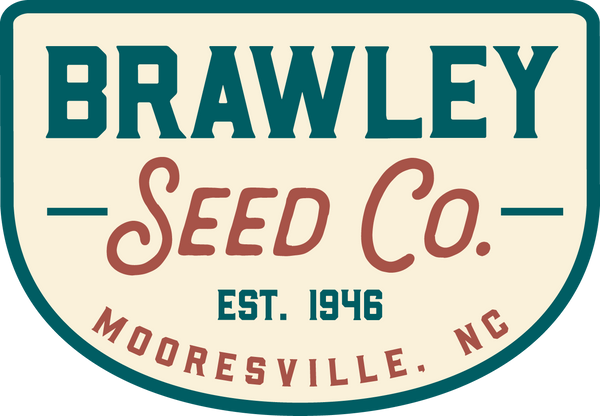
Our Favorite Perennials for Pollinators
Come Back Plants Perfect for Supporting Butterflies, Bees, and Hummingbirds
Continuing our celebration of Pollinator Week, here are our favorite perennials — plants that come back year after year — to boost pollinator presence in your landscape. Did you know that without pollinators, many of your favorite fruits and vegetables would be unable to be productive? This is why having a garden that supports this type of wildlife is important, especially for home vegetable gardeners.

While this was a hard list to come up with because there are so many fantastic perennials that pollinators adore, we’ve managed to highlight our absolute favorites. Even devoting a small space or container to hosting some of these plants will go a long way in bringing our buzz-worthy friends to your greenspace.
Top 6 Perennials for Creating a Pollinator-Friendly Landscape
Coneflowers
Before all the storms moved in this week, we spent several evenings watching butterflies and bees work the blooms in our coneflower bed. With so many color options, if you have a sunny spot, it would be hard not to find a coneflower to fit your design needs. You can enjoy coneflowers June through August.
Bonus: Birds also love coneflowers for their seed production in the fall.


Monarda (Bee Balm)
Nectar rich, these jewel-toned beauties will enjoy full to part sun in your garden, and bloom all summer long. Deadheading spent blooms ensures tons of color to draw in pollinators.
Pro tip: Bee Balm is especially susceptible to powdery mildew in our southern climate. Treat with an organic fungicide such as liquid copper to keep plants healthy and looking their best.
Agastache (Hummingbird Mint)
If you have one plant in your sunny perennial garden to bring in pollinators, make it this one! Showcasing fragrant, brightly colored blooms summer through fall, it’s irresistible to hummingbirds and bees.
Thanks to its minty scent, agastache is also highly resistant to deer and rabbits.
Favorite varieties: ‘Blue Boa’, ‘Kudos Coral’, ‘Kudos Ambrosia’, ‘Poquito Butter Yellow’, and ‘Rosie Posie’.


Nepeta (Catmint)
Bright blue blooms adorn silvery foliage April through October. Although not native, nepeta is extremely beneficial in attracting both native bees and honeybees.
Tips: Cut back to create a bushier habit and remove spent blooms to keep your plant colorful through fall.
Allium
What we consider to be one of the most unique plants on the list, allium is a must-have for a perennial pollinator garden. Bright purple ball-shaped blooms shine like a beacon to bees.
One of our favorites: ‘Millenium’ — deep green, glossy leaves with loads of rosy-purple blooms late in the season.
As a member of the onion family, allium is resistant to deer and rabbit damage. Some varieties come as bulbs for fall planting, while others like ‘Millenium’ are sold in plant form.


Salvia
This plant family deserves a spot on BOTH lists of top plants for pollinators. While not all salvias are perennial in the NC Piedmont, several return year after year, creating a haven for hummingbirds, bees, and butterflies.
Favorite variety: ‘Black and Blue’ Salvia — nearly black buds that develop into bright blue blooms, growing up to 5 feet tall and wide.
Honorable Mentions
Aster & Goldenrod: These fall beauties play a special role in keeping pollinators well fed. Add them to your garden as a late-season food source, especially for monarchs.

Other honorable mentions: yarrow, ‘Miss Huff’ lantana, stonecrop sedum, and penstemon.
We hope you consider adding more pollinator-friendly perennials to your landscape this year. As always — life’s a garden, dig it!
Kari
